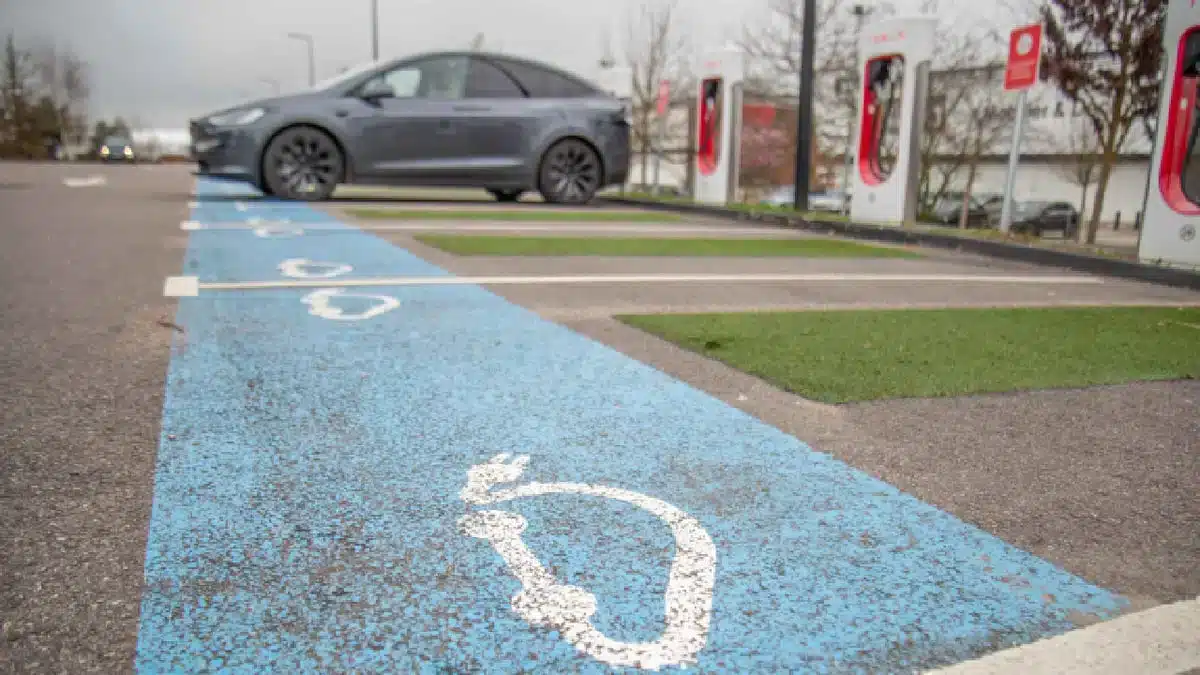The automotive landscape reveals a fascinating paradox in vehicle ownership patterns. While traditional gasoline vehicles remain in driveways for over a decade, electric car owners frequently upgrade their rides within just a few years. This stark difference in replacement cycles stems from various economic, technological, and behavioral factors that reshape how Americans approach vehicle ownership.
Electric vehicle ownership patterns drive frequent upgrades
Electric car buyers typically replace their vehicles every 3.6 years, creating a dramatically different ownership pattern compared to conventional automobiles. This rapid turnover reflects the unique characteristics of the electric vehicle market and its customer base.
The primary driver behind frequent electric vehicle replacements lies in the purchasing power of early adopters. Electric car buyers generally possess higher disposable incomes, enabling them to upgrade more frequently without financial strain. These consumers view their vehicles as technology investments rather than mere transportation tools.
Furthermore, the electric vehicle market experiences rapid technological advancement. Each model year brings significant improvements in battery capacity, charging speed, and autonomous features. Tesla and BYD continuously push innovation boundaries, creating compelling reasons for existing owners to upgrade. This technological evolution makes previous models feel outdated relatively quickly.
The novelty factor also contributes to shorter ownership cycles. As new electric models enter the market with enhanced capabilities, current owners feel motivated to experience the latest innovations. This behavior mirrors smartphone upgrade patterns, where consumers regularly seek the newest features and improvements.
Traditional car owners extend ownership duration significantly
Gasoline vehicle owners demonstrate remarkable loyalty to their vehicles, maintaining ownership for an average of 12.5 years. Personal cars, excluding commercial vans, reach even longer retention periods of 13.6 years. This trend represents the sixth consecutive year of increasing vehicle age across America’s 284 million vehicle fleet.
Supply chain disruptions and economic uncertainty have accelerated this ownership extension trend. The 2022 automotive market experienced significant challenges, with new vehicle sales dropping 8% to 13.9 million units from the previous year’s 14.6 million. These supply difficulties, combined with inflation concerns, encouraged consumers to maintain their existing vehicles longer.
Reliability perceptions strongly influence gasoline car retention rates. Many households maintain at least one internal combustion engine vehicle for long-distance travel confidence. These vehicles provide unlimited range capability without charging infrastructure concerns, making them valuable backup options even in electric-forward households.
Price inflation across both vehicle categories further motivates extended ownership. As new car prices continue rising, consumers find greater value in maintaining well-functioning older vehicles. This economic reality particularly affects middle-income households who cannot easily absorb higher vehicle costs.
Market dynamics create distinct ownership behaviors
The contrasting replacement patterns reflect broader automotive market transformations. S&P Global’s analysis reveals how economic conditions directly influence vehicle ownership decisions across different propulsion technologies.
Several key factors contribute to these divergent patterns :
- Financial capability differences between customer segments
- Technology advancement rates in electric versus gasoline vehicles
- Infrastructure reliability concerns for long-distance travel
- Market maturity levels between traditional and electric segments
The electric vehicle market resembles early smartphone adoption, where frequent upgrades became normal behavior. Consumers eagerly anticipate new features and capabilities, driving shorter ownership cycles. Conversely, gasoline vehicles have reached technological maturity, reducing upgrade urgency.
Interestingly, once consumers transition to electric vehicles, they rarely return to gasoline engines. This loyalty suggests satisfaction with electric performance, despite frequent vehicle changes. The replacement pattern reflects upgrade desires rather than dissatisfaction with electric technology.
For those maintaining older vehicles longer, proper storage becomes crucial. Leaving glove compartments open while parking helps prevent moisture damage during extended storage periods.
Future implications for automotive ownership trends
These ownership patterns suggest significant implications for automotive manufacturers, dealers, and consumers. The bifurcated market approach requires different business strategies for electric and gasoline vehicle segments.
Electric vehicle manufacturers benefit from shorter ownership cycles through increased sales volume and faster technology adoption. However, this creates pressure for continuous innovation to justify frequent upgrades. Companies must balance feature advancement with production capacity to meet replacement demand.
Traditional automakers face different challenges with extended ownership cycles. Reduced replacement frequency impacts new vehicle sales while increasing aftermarket service opportunities. This shift requires business model adaptations to maintain revenue streams despite lower turnover rates.
Consumer behavior will likely evolve as electric vehicle technology matures and prices stabilize. Early adopters may extend ownership periods once technological advancement slows. Similarly, gasoline vehicle owners might reduce retention periods if economic conditions improve or environmental concerns intensify.
Smart maintenance practices become increasingly important for extended ownership. Simple tricks like placing coins in freezers help monitor power outages that could affect garage-stored vehicles. These preventive measures protect valuable automotive investments.
The automotive industry must adapt to these contrasting ownership patterns while preparing for potential market shifts. Understanding consumer motivations behind replacement decisions helps manufacturers develop appropriate product strategies. As the market matures, these patterns may converge, but current trends suggest continued divergence between electric and gasoline vehicle ownership behaviors. Unlike property purchases with hidden complications, vehicle ownership decisions remain relatively straightforward, though increasingly complex market dynamics influence timing choices.










